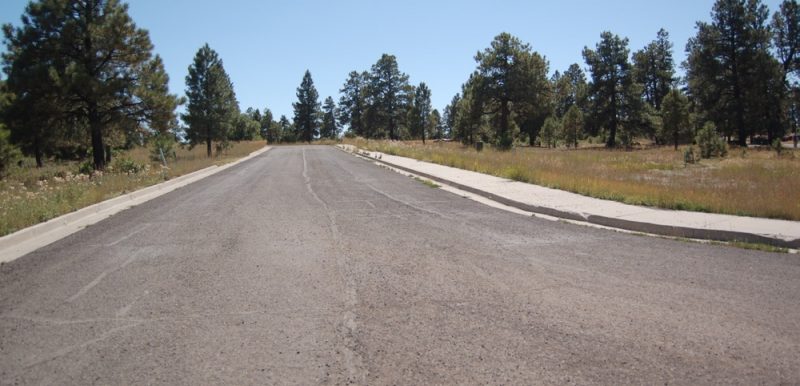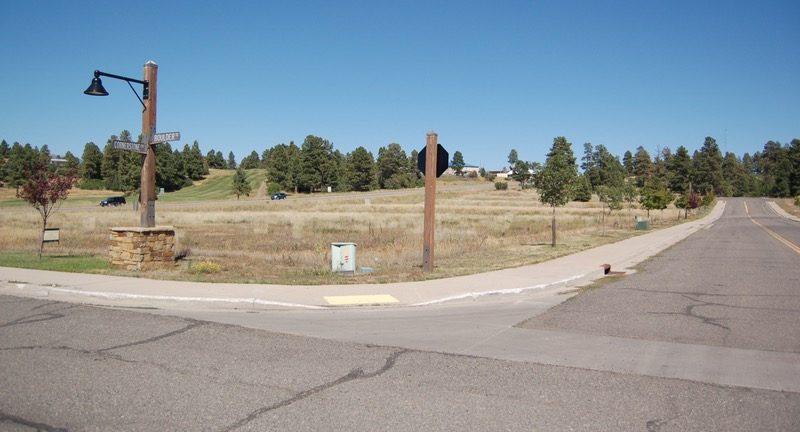The give-and-take conversation, at the September 11 ‘Urban Renewal Area’ (URA) presentation hosted by Springs Resort principal David Dronet, was lively but respectful. Many questions were posed by the audience, and fielded adroitly by Mr. Dronet. Project partner Jack Searle, who owns the vacant 27 acres involved in the proposal, spoke very little during the presentation.
One question that lingered — without really being asked — was “Who, exactly, is going to finance and build the hundreds of structures enumerated in last month’s ‘Economic Impact’ report written by consultant Mike Anderson?” (You can download that report here.)
The non-residential space will include: a 50-unit hotel with retail, food and beverage, and 8,000 sq. ft. of spa & bath house space on its first floor; another 100-unit hotel; 20 bungalow-style lodging units; additional food & beverage space in several mixed-use blocks, for a total of 16,500 sq. ft. throughout the Project; additional retail space in several mixed-use blocks, for a total of 64,700 sq. ft. throughout the Project; an 8,000 sq. ft. greenhouse; and a total of 40,600 sq. ft. of office and event space. The new hotel and spa & bath house space is planned to complement and expand The Springs Resort & Spa.
The 236 dwelling units of residential space will include: about 24 detached homes averaging 2,500 sq. ft. each; about 64 townhome and duplex units, totaling 118,150 sq. ft.; and about 149 multi-family units, totaling 209,500 sq. ft. of living and common space.
I had making an assumption that Jack Searle’s construction company — BWD Construction — was going to build most of the residential units, since that seems to be the company’s expertise. But at the September 11 presentation, we heard Mr. Searle explain why no one has yet built even a single building on the vacant land, when he was asked why government subsidies were being requested to get the project off the ground.
“I can probably address that, because I own the 27 acres here, and I used to be a partner with Bill Dawson and Matt Mees, and we actually went out looking for [investment] partners. And what we heard was, that — with the small community, isolated, somewhat isolated, we don’t have a commercial airport — and commercial properties in this town haven’t done all that well…”
“It’s very risky. That’s what we kept hearing — that it’s just too risky. There are easier places…”
Audience member: “Well, maybe we shouldn’t do it, if it’s that risky.”
Mr. Searle: “Well, there’s no risk to the Town. That’s the thing. When you say ‘we,’ that’s David and I [who are taking the risk]. And I’ve only committed the land. I’m not committing any investment dollars, other than an equity position as a result of land…”
Mr. Searle says he has not committed any investment dollars. I’m not sure what that means, but it suggests that his ‘risk’ is rather limited. It also leaves open the question of who, exactly, will be building 236 residential units.
At this point in Mr. Searle’s explanation, he was interrupted by Mr. Dronet… jumping in before Mr. Searle could dig the hole any deeper?
And carefully steering the conversation away from the apparent lack of developer commitments…
Mr. Dronet: “The argument that… ‘Well, it will just happen’… that’s up to you. If you believe that’s the case, I don’t know that we can convince you otherwise. I know that we won’t do it [without tax subsidies.] It just simply doesn’t pencil. The infrastructure has a $30-$35 million price tag, in an area that’s already 25% more expensive than the Front Range and major towns. So we’re already starting out the gate as much more expensive…”
Yes, development in Pagosa is extremely risky, and expensive. Ask any subdivision developer.
Mr. Dronet: “The bottom line is, [our project] will surely not pencil, and we will surely not pursue it, and so if the answer is that ‘No Growth is the Plan’ — I’m not going to disagree with that.”
But… no one at the presentation had proposed that “Well, it will just happen.” (Meaning, the development of Mr. Searle’s vacant land, without tax subsidies.) We had asked just the opposite question: “If it won’t happen without taxpayer subsidies, then why should it happen at all?”
And no one in the room had proposed a “No Growth” agenda. What certain audience members had questioned was the wisdom of creating — with tax subsidies — yet another mostly-vacant subdivision similar to Harman Park…

… or Aspen Village…

But Mr. Dronet apparently preferred to paint the discussion as “Economic Growth vs. Stagnation.”
That’s not at all the situation facing the Town Council, however. Pagosa has doubled in population since I moved here in 1993, without a single TIF tax giveaway. We have grown at a fairly “natural” rate, you might say — a faster percentage rate than most Colorado communities — and the Town and County governments have greatly benefited from this “natural” growth rate.
The Town budget in 2005 showed $4.5 million in revenues. This year the Town expects at least $10.3 million in revenues. Next year it looks closer to $13 million.
In 2005, the County government spent about $21 million. This year, they expect to spend more than $33 million. Not exactly a “No Growth” situation.
But there are certainly two things that have stagnated since 2005. Housing options… and tourism industry wages.
Sadly, the URA ‘Economic Impact’ projections by consultant Mike Anderson, and the story told by Springs Resort principal David Dronet, give us zero hope that the proposed ‘Urban Renewal Authority’ will address this very real stagnation. Quite the opposite. We will see hundreds more low-paying tourist industry jobs, and a bunch more $450,000 dwelling units.

That’s what Mr. Anderson’s ‘Economic Impact’ study promises us… although you have to read between the lines to understand where this project is truly headed.
This is the actual situation facing the Town Council. Shall we extract money from the School District, the Fire District, the Water and Sanitation Districts, the Medical Center, the Library District… and from the Town and County governments… for more low-wage jobs… and more $450,000 homes?
